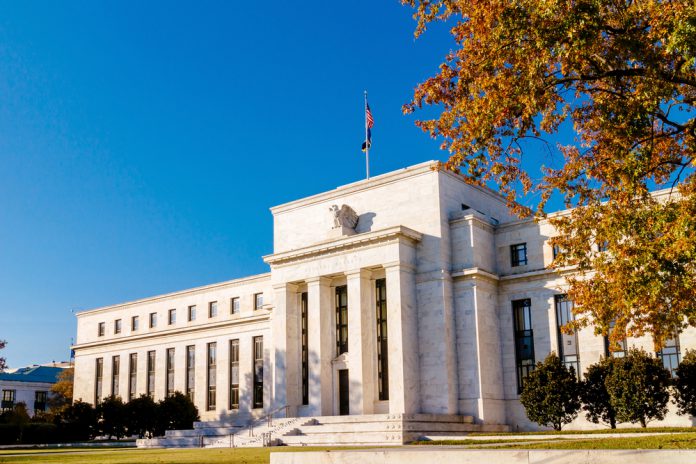The US Federal Reserve announced its decision to raise its benchmark interest rate by 0.25 percent on Wednesday, for the second time in the last decade.
Stronger growth and rising employment led all members of the Committee to vote unanimously for the rise. However, in a statement the Federal Reserve said it expects rate rises to continue at a gradual rate:
“The Committee expects that economic conditions will evolve in a manner that will warrant only gradual increases in the federal funds rate; the federal funds rate is likely to remain, for some time, below levels that are expected to prevail in the longer run. However, the actual path of the federal funds rate will depend on the economic outlook as informed by incoming data.”
Fed chairwoman Janet Yellen said the economic outlook was “highly uncertain” and the rise was only a “modest shift”. Yellen also declined to comment on speculation over President-elect Donald Trump’s economic plans for the New Year, saying to journalists:
“I’m a strong believer in the independence of the Fed. I am not going to offer the incoming president advice.”
Rates have remained at near-zero levels since the 2008 financial crisis, as US attempted to incentivise savers to spend and put money back into the economy during stagnation, rather than save in a bank.
The Fed’s economic forecasts for the next three years, also published yesterday, suggest the Federal Funds rate may rise to 1.4 percent next year, then 2.1 percent in 2018 and 2.9 percent in 2019.
Tom Stevenson, investment director for Personal Investing at Fidelity International commented:
“Whilst markets have initially reacted positively to the decision, it remains to be seen how the markets will react over the longer term to the latest ‘dot plots’, the chart which indicates the rate predictions of the rate-setters on the open markets committee. These suggest that we could see the start of a modest steepening of the trajectory for interest rate hikes than many investors had perhaps anticipated. The Fed now estimates that interest rates will climb to 1.25-1.5 percent by the end of 2017 signalling the beginning of the end of the lower-for-longer interest rate environment.”

